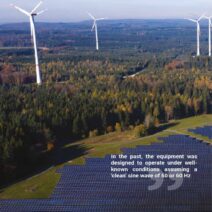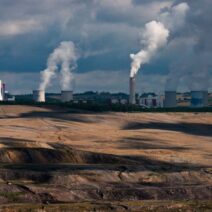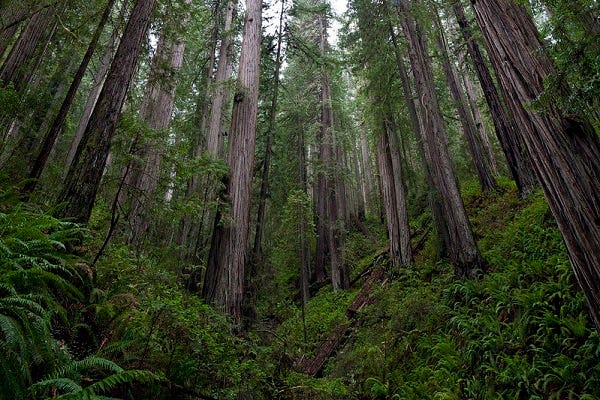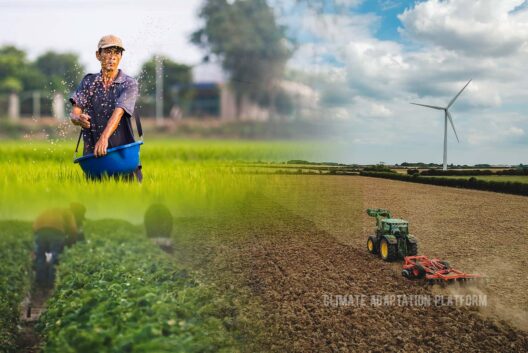Old-growth forests, often perceived as serene and enchanting habitats, are much more than mere collections of towering trees and lush underbrush. They play a pivotal role in conserving energy and supporting diverse ecosystems. The intricate interplay of life within these ancient woodlands allows them to perform environmental functions that are indispensable to the health of our planet. Understanding how old-growth forests fulfill these roles is essential to recognizing their significance in our ongoing battle against climate change.
At the heart of the matter is the energy conservation mechanism exhibited by old-growth forests. These ecosystems are characterized by a plethora of mature trees, some of which can be several centuries old. The large biomass of these trees entails substantial energy storage, as they sequester carbon dioxide from the atmosphere and convert it into organic matter through photosynthesis. Remarkably, old-growth forests are estimated to hold more than 30% of the world’s terrestrial carbon, thereby serving as vital carbon sinks. This is predominantly due to their unique structure, which includes towering canopies and complex root systems that enhance carbon storage efficiency.
The architectural diversity within old-growth forests contributes to their ability to retain energy effectively. The stratification of various plant layers allows for optimal light absorption, enabling photosynthesis to occur at multiple levels. The tall canopy intercepts sunlight, reducing its intensity at lower levels, which supports various understory plants adapted to lower light conditions. This multilayered structure not only maximizes energy capture but also creates microclimates that foster biodiversity.
Beyond energy conservation, old-growth forests also play a fundamental role in sustaining ecosystems. They are home to an astonishing array of flora and fauna, many of which are specialized species that rely exclusively on these mature habitats for survival. Whether it’s the intricate relationships between trees and mycorrhizal fungi or the way birds, mammals, and insects interact within this environment, old-growth forests are dynamic systems that support a connected web of life.
Notably, the habitats provided by old-growth trees serve as essential nesting sites for countless bird species and shelter for mammals. The decaying and fallen trees, known as coarse woody debris, offer critical microhabitats for insects, fungi, and other organisms, enhancing biodiversity. The interplay of species fosters a balanced ecosystem where natural processes, such as pollination and seed dispersal, occur seamlessly, promoting plant regeneration and genetic diversity.
Moreover, old-growth forests exert a vital influence on hydrological cycles. The extensive network of roots and diverse foliage work together to regulate water flow and quality. Old-growth forests act as natural sponges, soaking up precipitation and slowly releasing it into streams and rivers, thus mitigating the risk of flooding while replenishing aquifers. Consequently, this sustained water supply is crucial for local wildlife and human populations alike, illustrating the interconnectedness of forest ecosystems and their surrounding environments.
The effects of old-growth forests extend beyond their geographical confines. In urban environments, these ancient trees provide a myriad of benefits including temperature regulation, air purification, and noise reduction. By enhancing urban biodiversity, they assist in creating more resilient cities, capable of withstanding climate fluctuations. The presence of trees, with their vast canopies, not only cools the air but also provides shade, reducing energy consumption in nearby buildings.
Furthermore, the socio-economic aspects associated with old-growth forests cannot be overlooked. The allure of these ecosystems often draws ecotourism, providing opportunities for local communities while fostering a greater appreciation of nature. Responsible ecotourism can generate revenue while reinforcing the importance of conserving these irreplaceable habitats. As more individuals recognize the intricate balance maintained by old-growth forests, there lies the potential for advocating more robust environmental policies aimed at protection and restoration.
However, despite their manifold benefits, old-growth forests face imminent threats. Climate change, deforestation, and urban encroachment continue to challenge the existence of these magnificent ecosystems. The degradation of old-growth forests not only results in the loss of energy conservation mechanisms but also jeopardizes biodiversity and the numerous services they provide. To combat these alarming trends, a fiery commitment to conservation is paramount.
Promoting awareness about the importance of old-growth forests and advocating for sustainable management practices is essential. Collaborative efforts among governments, non-profit organizations, and local communities can lead to the establishment of protected areas that ensure the longevity of these forests. Implementing responsible logging practices, supporting reforestation initiatives, and engaging in community education programs are all necessary to safeguard these ecosystems for future generations.
In conclusion, old-growth forests represent a cornerstone of ecological balance, energy conservation, and biodiversity. By delving deeper into their extraordinary functions, we uncover a profound interdependence between these ancient habitats and the many life forms that inhabit them. As custodians of the Earth, it is our responsibility to recognize their value, mitigate the threats they face, and advocate for their preservation. Only through unwavering dedication can we ensure the continued existence of old-growth forests and the innumerable benefits they provide to both the environment and humanity.








